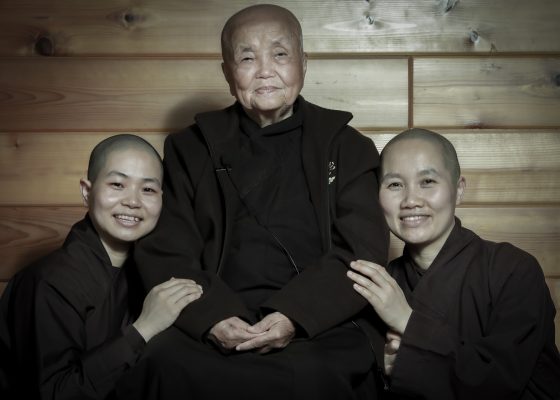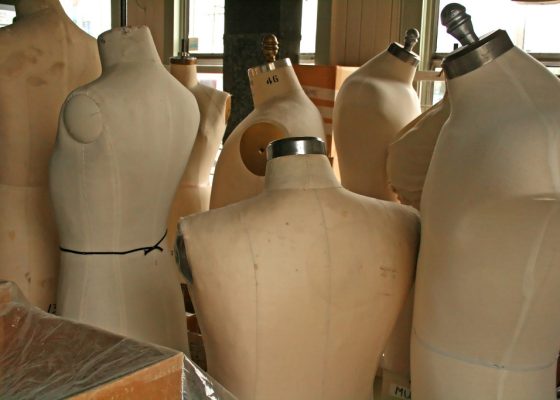Have you ever wondered what it would be like to live in a world free from bias? Imagine everyone you meet is seen for who they truly are, without the cloud of stereotypes or prejudice. This ideal might seem distant, but by reflecting on what such a world would entail, and how we might achieve it, we take steps towards making it a reality.

What Would a World Without Bias Look Like?
A world without bias would be fundamentally different from the one we know today. In such a world, interactions would be based on mutual respect and understanding. People would relate to each other free from preconceived notions about race, gender, sexuality, or any other characteristic that currently divides us. This would lead to deeper connections, collaboration, and a more inclusive society where everyone feels seen and valued for their authentic selves.
However, creating this world requires more than just wishing for it. It demands deliberate actions and efforts to unlearn the biases embedded in our minds and societies.
How Can Mindfulness Help Us Imagine Such a World?
Mindfulness is more than just a meditative practice; it’s a tool for deep self-examination and transformation. By honing mindfulness, you develop the ability to observe your thoughts and emotions without judgment. This allows you to recognize the biases you hold and understand their origins.
Key Figures
Let’s explore the insights from some influential thinkers who have contributed to our understanding of bias and mindfulness:
Anu Gupta
Anu Gupta, author of Breaking Bias: Where Stereotypes and Prejudices Come From—and the Science-Backed Method to Unravel Them, emphasizes that bias is a learned behavior. According to Gupta, understanding this can empower us to change. By identifying and addressing the root causes of our biases, we can work towards dismantling them.
James Shaheen
James Shaheen, Tricycle’s editor-in-chief, has long been an advocate for integrating mindfulness into everyday practices. His work underscores the importance of mindfulness in recognizing the interconnectedness of all beings, which is a crucial step in eliminating bias.
Sharon Salzberg
Meditation teacher Sharon Salzberg teaches that compassion and mindfulness go hand in hand. She explains that through consistent mindfulness practice, we can cultivate the compassion necessary to reduce biases. By seeing others with kindness and empathy, we begin to break down stereotypes and prejudices.
Core Concepts
Bias as a Learned Habit
Bias is not inherent but learned through societal conditioning. From a young age, we absorb messages from our environment that shape our perceptions of others. These learned habits can be unlearned through mindfulness and continuous self-reflection.
The Delusion of Separateness and Interconnectedness
A significant source of bias is the delusion that we are separate from one another. Mindfulness helps you see the reality of interconnectedness, fostering empathy and reducing prejudice. When you understand that your well-being is linked to that of others, your perspective shifts towards inclusivity.
The Role of Karma in the Formation of Biases
In Buddhist philosophy, karma refers to the actions and their subsequent reactions. Our biases can be seen as a form of karmic imprinting—patterns of thought and behavior resulting from past actions. By becoming mindful of these patterns, you can work to change them, improving your karma and reducing bias.
The Three Root Defilements: Greed, Hatred, and Delusion
Bias often stems from what Buddhism calls the three root defilements: greed (desire for more), hatred (aversion to others), and delusion (misunderstanding of reality). These defilements can cloud your judgment and perpetuate stereotypical thinking. Mindful practices help reduce these defilements by fostering contentment, compassion, and wisdom.
Historical Context of Terms Like “Race”
Understanding the history of terms like “race” can be illuminating. These social constructs have been used historically to justify unequal treatment. By educating yourself on this history, you can see how racial categories lack biological basis and recognize them as tools of division.
Strategies to Combat Bias
Mindfulness and Compassion Practices
Incorporate daily mindfulness and compassion exercises. Simple practices like mindful breathing, loving-kindness meditation, and reflective journaling can help you become more aware of your thoughts and biases.
Example Mindfulness Exercise
- Breathing Meditation: Focus on your breathing. Observe each inhale and exhale without trying to control it. Notice thoughts as they arise, acknowledge them, and let them go. This practice helps you become more aware of your mental patterns.
- Loving-Kindness Meditation: Start by wishing yourself well—”May I be happy, may I be healthy, may I be free from suffering.” Gradually extend these wishes to others, including those you find difficult. This cultivates compassion and reduces bias.
Recognizing and Challenging Personal and Societal Biases
Acknowledging personal biases is the first step to challenging them. You can also educate yourself about societal biases and become an advocate for change.
Steps to Recognize and Challenge Biases
- Self-Reflection: Regularly ask yourself questions about your reactions to others and consider why you feel a certain way.
- Educational Engagement: Read books, attend workshops, and participate in discussions about bias. Knowledge is a powerful tool in dismantling stereotypes.
Bridging the Divide Between Relative Reality and Absolute Reality
In Buddhist thought, relative reality involves the everyday experiences and conventions we live by, while absolute reality refers to the ultimate truth beyond these conventions. Bridging this divide means recognizing that biases are part of the relative reality we can change by understanding the absolute reality of interconnectedness.
Productively Working Through Shame and Guilt Associated with Biases
Experiencing shame or guilt when confronting your biases is natural. However, these feelings can be counterproductive if they lead to defensiveness. Instead, use them as a catalyst for growth.
Tips for Working Through Shame and Guilt
- Self-Compassion: Acknowledge your feelings without judgment. Understand that everyone has biases, and what matters is your commitment to change.
- Accountability: Share your journey with trusted friends or mentors who can offer support and guidance.

Inspirational Stories
Drawing inspiration from historical and spiritual narratives can be incredibly motivating.
Buddha’s Encounter with Mara
Buddha’s encounter with Mara, the embodiment of delusion and temptation, is a powerful metaphor for confronting internal biases. Mara tried to distract Buddha from enlightenment, but through mindfulness and steadfastness, Buddha remained unmoved. This story illustrates the importance of recognizing and not being swayed by our negative thoughts and biases.
Buddha’s Enlightenment and the Theme of Interbeing
Upon attaining enlightenment, Buddha realized the profound truth of interbeing—that all things are interconnected. This realization is foundational in recognizing that biases are against our true nature of interconnectedness.
Angulimala’s Transformation from Murderer to Enlightened Individual
The story of Angulimala, a notorious murderer who transformed into an enlightened monk after meeting Buddha, exemplifies the potential for profound change. It shows that no matter how ingrained biases or harmful behaviors are, transformation is always possible through mindfulness and compassion.
Encouragement
Acknowledge and Accept Biases for Transformation
The first step towards change is acknowledgment. Accept that you have biases and that these biases do not define your whole being. By confronting them, you can begin the process of transformation.
Extend Compassion and Grace to Yourself and Others
As you work to eliminate biases, extend compassion to yourself and others. Recognize that this journey is challenging and that mistakes are part of the process. This compassionate approach fosters a supportive environment for growth.
Allow Mindfulness to Transform Emotional States
By practicing mindfulness, you can transform negative emotional states into opportunities for learning and growth. This shift enables you to respond to situations with greater clarity and compassion, reducing the influence of bias.

Additional Content
For further learning, consider subscribing to platforms like Tricycle, which offers resources for deeper exploration of mindfulness, bias, and compassionate living. They provide courses taught by experienced practitioners like Sharon Salzberg, helping you integrate mindful practices into your daily life.
Conclusion
Imagining a world without bias is a powerful exercise in understanding our interconnectedness. Through mindfulness and compassion, you can begin to dismantle personal and societal biases. Drawing inspiration from Buddhist teachings and stories, you understand that transformation is possible for everyone.
If you’re interested in diving deeper into these practices, resources like Tricycle offer valuable courses and teachings. By committing to this journey, you contribute to creating a more inclusive, compassionate world.
Remember, the first step begins with you—recognizing and working to transform your biases through mindfulness and compassionate practices.


